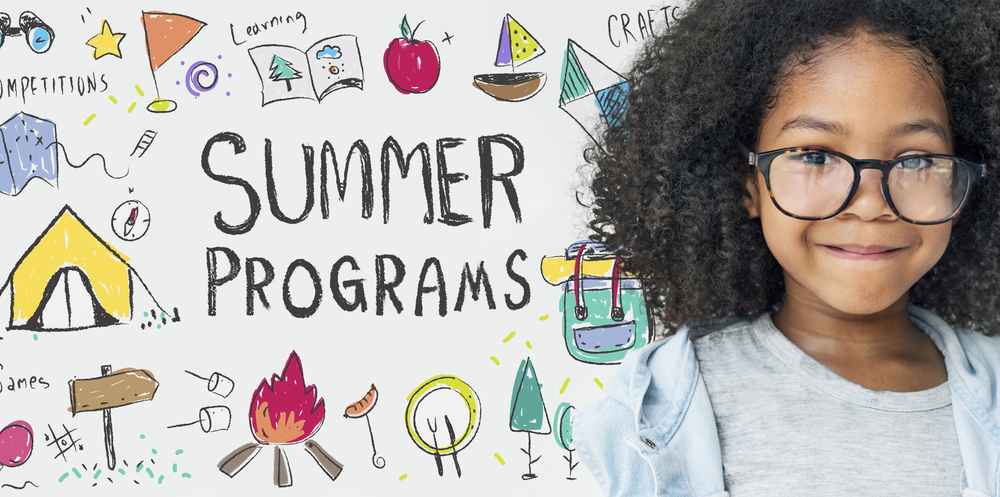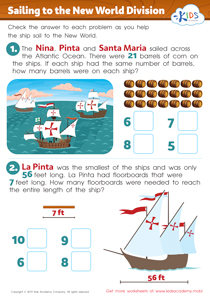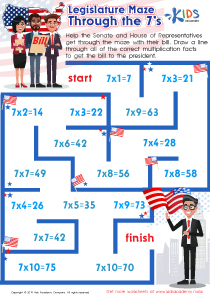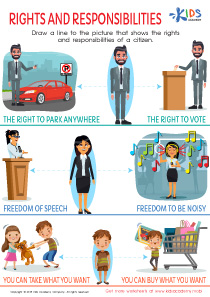Vocabulary Building Normal Community Worksheets for Ages 5-9
4 filtered results
-
From - To
Enhance your child's vocabulary with our engaging Vocabulary Building Normal Community Worksheets designed for ages 5-9! These interactive worksheets focus on essential words related to community life, helping young learners explore their surroundings while boosting their language skills. With vibrant illustrations and fun activities, children will enjoy identifying and using new vocabulary in context. Perfect for home or classroom use, our worksheets encourage exploration of social studies concepts and develop critical thinking. Foster a love for learning and empower your child to express themselves confidently. Download our vocabulary worksheets today and embark on an exciting journey through the world of words!
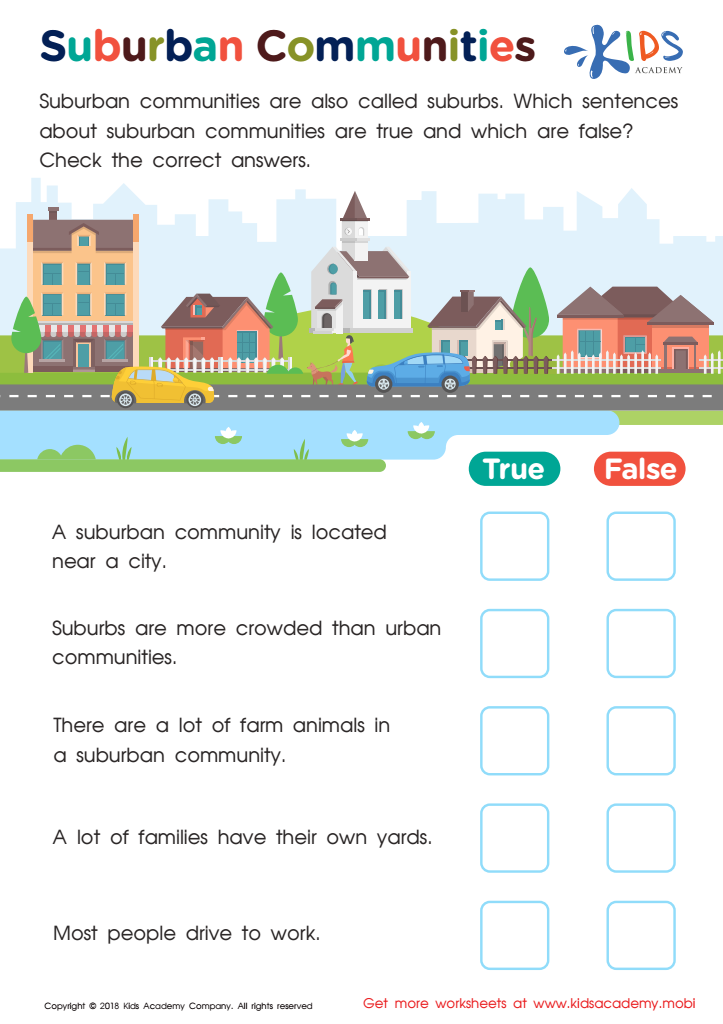

Suburban Communities Worksheet
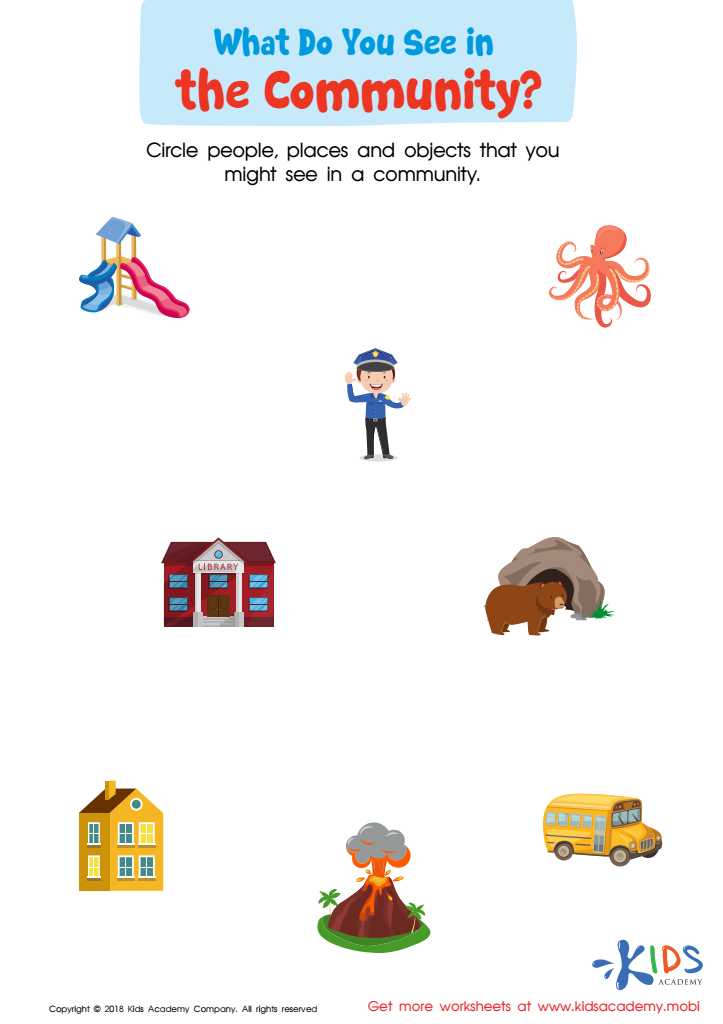

What Do You See in the Community Worksheet
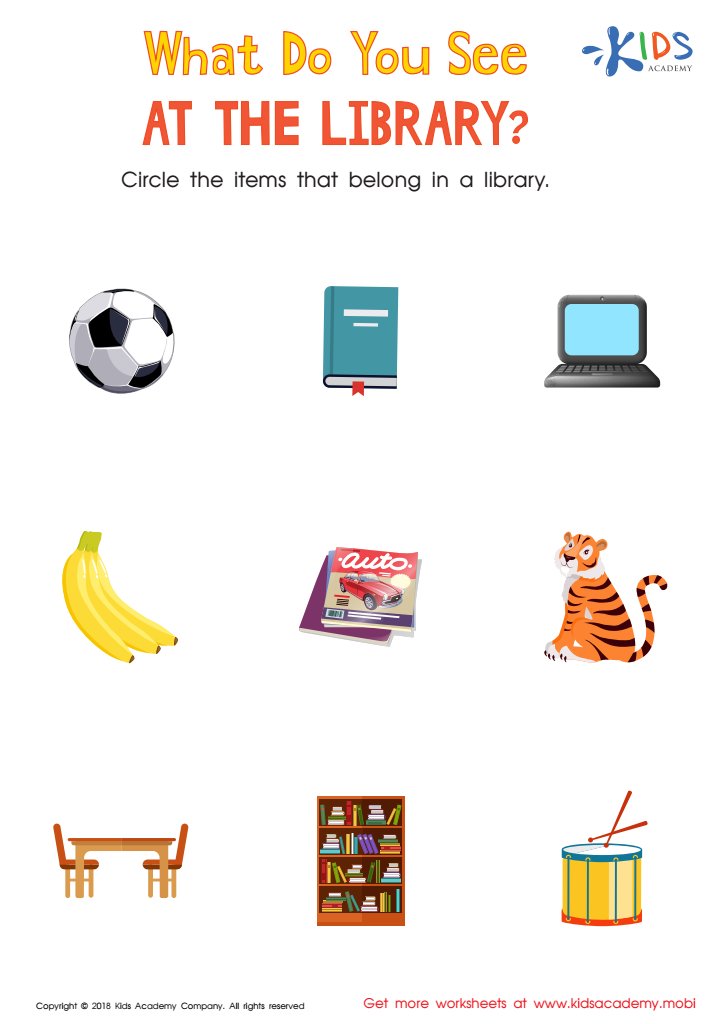

What Do you See at the Library? Worksheet
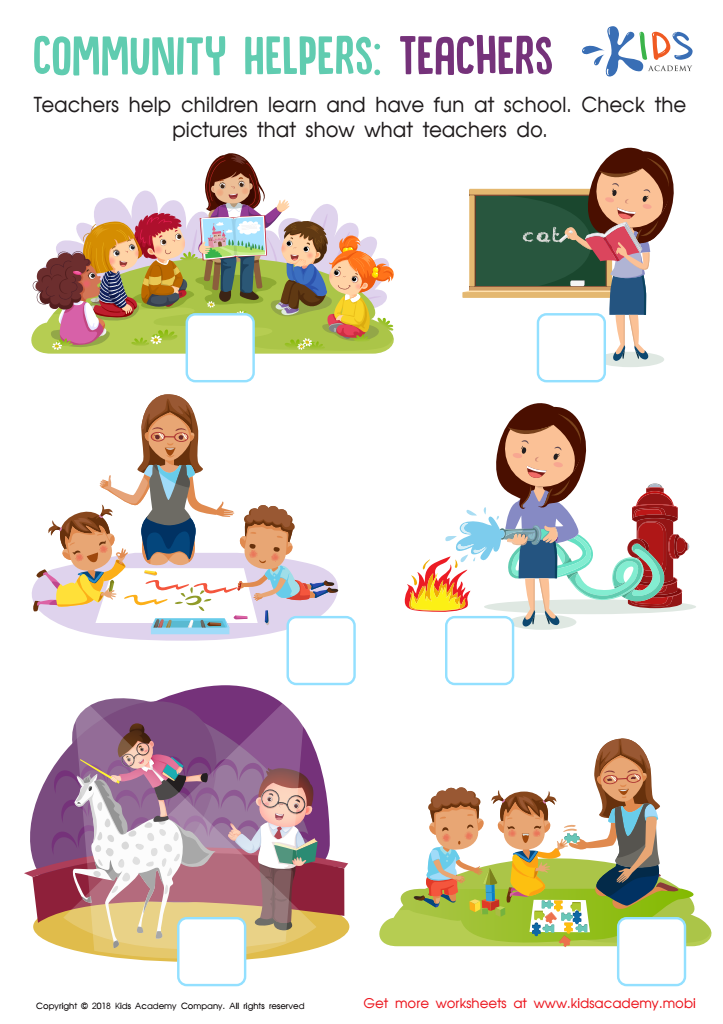

Teachers Community Helpers Worksheet
Vocabulary building is crucial for children aged 5-9 as it forms the foundation of their communication skills, which directly influences their academic success and overall development. At this stage, children are incredibly receptive to learning new words, and an extensive vocabulary aids their ability to express thoughts, understand others, and engage in social interactions.
Parents and teachers should care about vocabulary building within a "Normal Community" context, as it fosters inclusivity and accessibility. A community approach ensures that all children, regardless of their background, are provided with enriched language experiences through storytelling, interactive conversations, and play-based activities. This not only supports children's language skills but also cultivates a love for reading and learning.
Additionally, vocabulary development in this age range is linked to higher literacy rates and improved critical thinking skills later in life. By investing in vocabulary building, parents and teachers equip children with tools that empower them to navigate their current environment and future advancements. Ultimately, a strong vocabulary network within the community sets children up for long-term success, promoting lifelong learning and social integration while enhancing their self-confidence in communication.
 Assign to My Students
Assign to My Students






